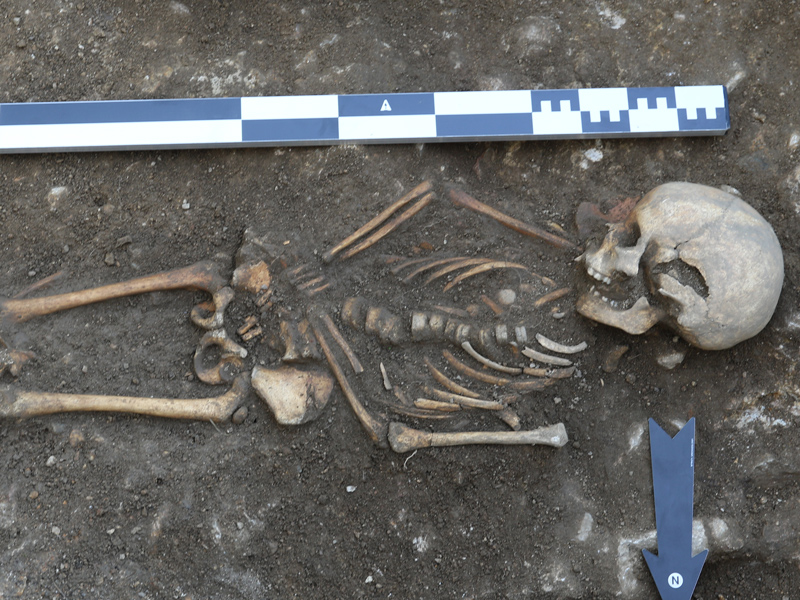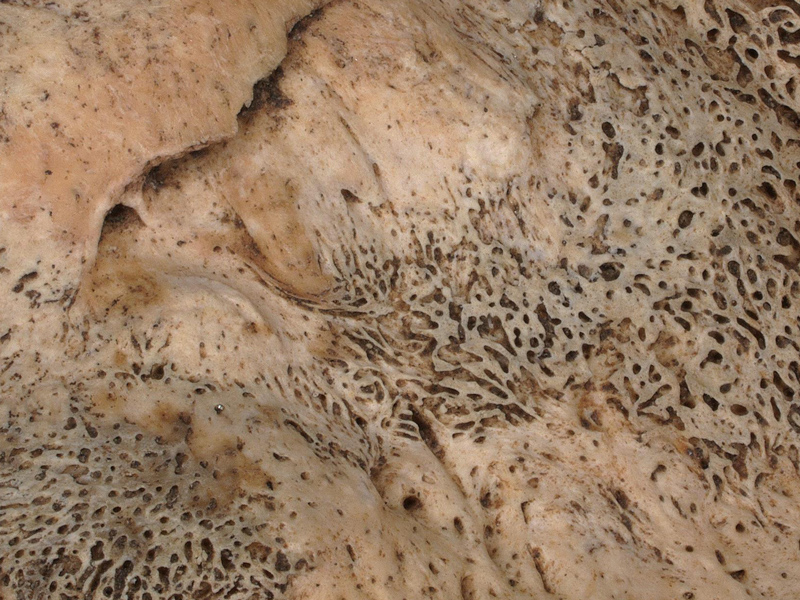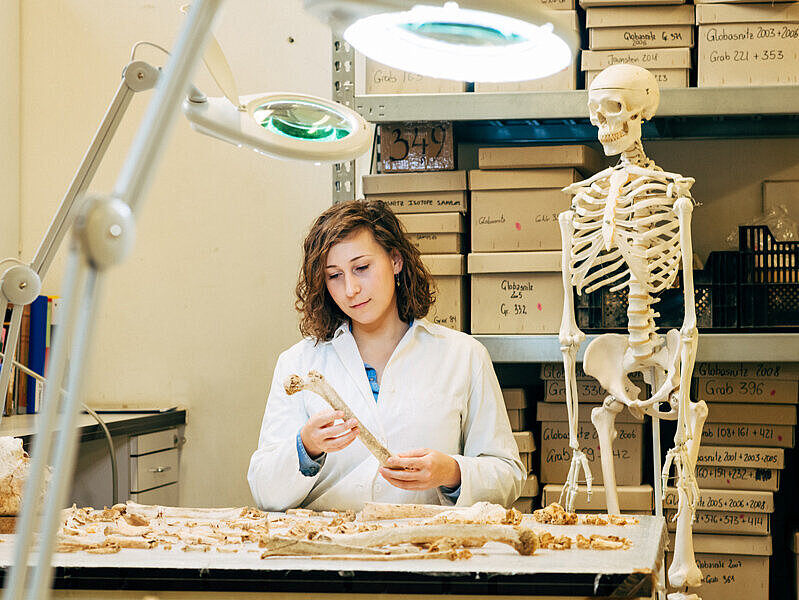Loose teeth, pus-filled gums, foul breath: the characteristic symptoms of scurvy are usually associated with the age of sailing and the great voyages of discovery. Triggered by a lack of vitamin C, tens of thousands of sailors died from the »plague of the sea«.
New archaeological analyses from the early medieval Jauntal valley in southern Austria shed new light on the incidence of scurvy in Alpine regions and provide interesting insights into the diet and health of the people of that time. The study has now been published in the International Journal of Paleopathology.
1,500-year-old human bones analysed
The skeletons of 86 non-adult individuals from three early medieval settlements were analysed. The researchers from the Austrian Academy of Science focused on morphological features that indicate scurvy and analysed these both macroscopically and under 20 to 40x magnification.
The result was clear: unborn babies (46%, 6 out of 13 individuals) and infants (27.5%, 8 out of 28 individuals) showed a high prevalence of skeletal features indicating scurvy. In contrast, no scurvy was detected in adolescents and adults.
Seasonal causes of vitamin C deficiency
»Our study shows that scurvy is particularly common in this Alpine region around the time of birth, in infants and young children,» says bioarchaeologist Magdalena Srienc-Ściesiek. She is the first author of the study and conducts research at the Austrian Archaeological Institute of the Austrian Academy of Sciences. The fact that children under the age of three are particularly affected is probably related to weaning and the general health of the breastfeeding mother. Srienc-Ściesiek: »Everything indicates that seasonal fluctuations in the diet were possible triggers for this vitamin C deficiency,« says the researcher.
The disruption of trade routes as a result of the fall of the Roman province of Noricum may have contributed to a lack of available food. Interestingly, the deficiency was not only found in very young children. Four cases of scurvy occurred in children aged around ten years, long after the weaning phase. The historically carbohydrate-heavy introduction of solid foods to children may have led to an unbalanced diet.
Scurvy more quickly detectable in children's bones
Or did adults have a different diet to children? For Srienc-Ściesiek, it is more likely that children's bones reveal seasonal deficiency symptoms more quickly than those of adults due to the higher bone turnover in their growing skeletons.
»The zooarchaeological and archaeobotanical analyses in the valley indicate a shift in dietary patterns,« explains the bioarchaeologist. And: »Further biomolecular studies will help to determine the differences between the diets of adults and children more precisely,« says Srienc-Ściesiek.


